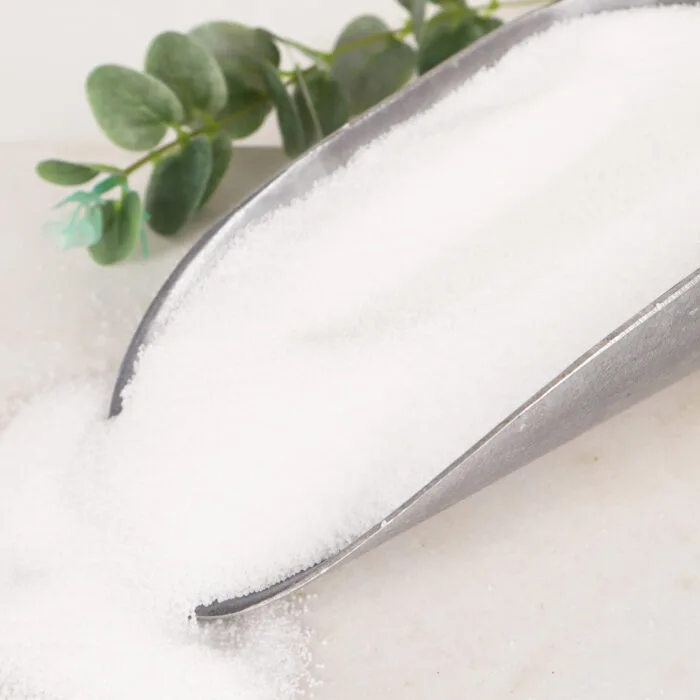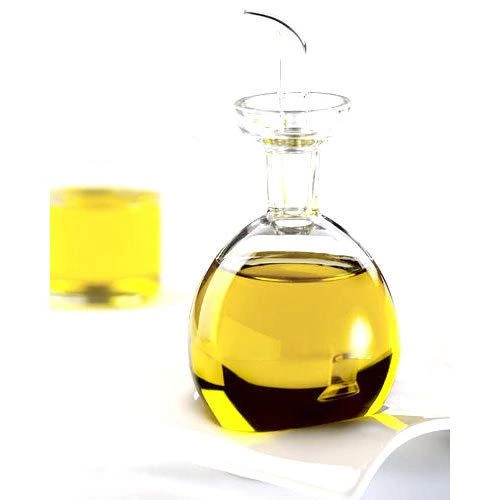OLEIC ACID 75% MIN (LINOLEIC ACID 13.0 MAX)
|
IUPAC Name |
: (Z)-octadec-9-enoic acid |
|
Cas Number |
: 112-80-1 |
|
HS Code |
: 3823.12.00 |
|
Formula |
: C18H34O2 |
Basic Info
|
Appearance Name |
: Colorless to Slightly Yellow Liquid |
|
Common Names |
: Elainic acid, cis-9-Octadecenoic acid |
|
Packaging |
: 20 MT - Iso-tank |



.webp)

 English
English
 Indonesian
Indonesian
 简体字
简体字
 العربية
العربية
 Español
Español
 Français
Français
 Português
Português
 日本語
日本語
 한국어
한국어
 Tiếng Việt
Tiếng Việt
